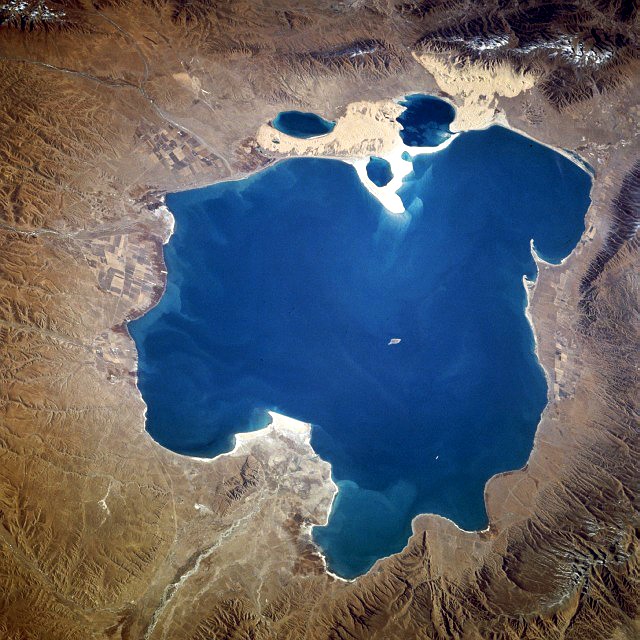1925-1926, by Joseph Rock.
Lamasery buildings, stupa-style pagoda, and partial view of bridge over the Sang River at Labrang.
Labrang Monastery(拉卜楞寺, བླ་བྲང་བཀྲ་ཤིས་འཁྱིལ་, also as Labrang Tashikyil), located in Xiahe County in Gansu province (used to be the Amdo), is one of the six great Geluk (Yellow Hat) monasteries. This region sees the interaction among four great cultures/civilizations: Tibetan, Chinese, Mongolian, and Muslim. Labrang plays a very important role for Tibetan Buddhism reaching Mongols. It is Tibetan Buddhism's most important monastery outside the Tibetan Autonomous Region.
"Labrang" means the residence of a great Lama. Labrang was founded in 1710 by the First Jamyang-zhaypa. The line of his reincarnations, the Jamyang-zhaypa Rinpoches, have been the traditional heads of the Labrang Monastery.
View Larger Map
